Have you ever wondered about the real age and value of those old Atlas glass jars sitting on your kitchen shelves? Chances are, you might have a jar worth a hundred dollars that every collector wants!
But identifying and assessing an antique Atlas jar’s worth can be tricky, especially with different colors, styles, and sizes on the market. But with this dating and value guide, you can learn to date each Atlas jar design accurately and estimate its real price!
Key Takeaways
- E-Z Seal Jar, Strong Shoulder Jar, and Mason’s Patent Jar are some of the most valuable Atlas Mason Jar styles.
- The value of an Atlas jar largely depends on its condition, age, design, size, and color.
- You can estimate the age of a Hazel Atlas Mason Jar with the help of its markings/embossments, lid style, mold seams, and glass texture.
- Atlas Mason Jars with rare colors like amber, olive green, and cornflower blue can cost up to $100 – $150.
A Brief About Hazel Atlas Jars
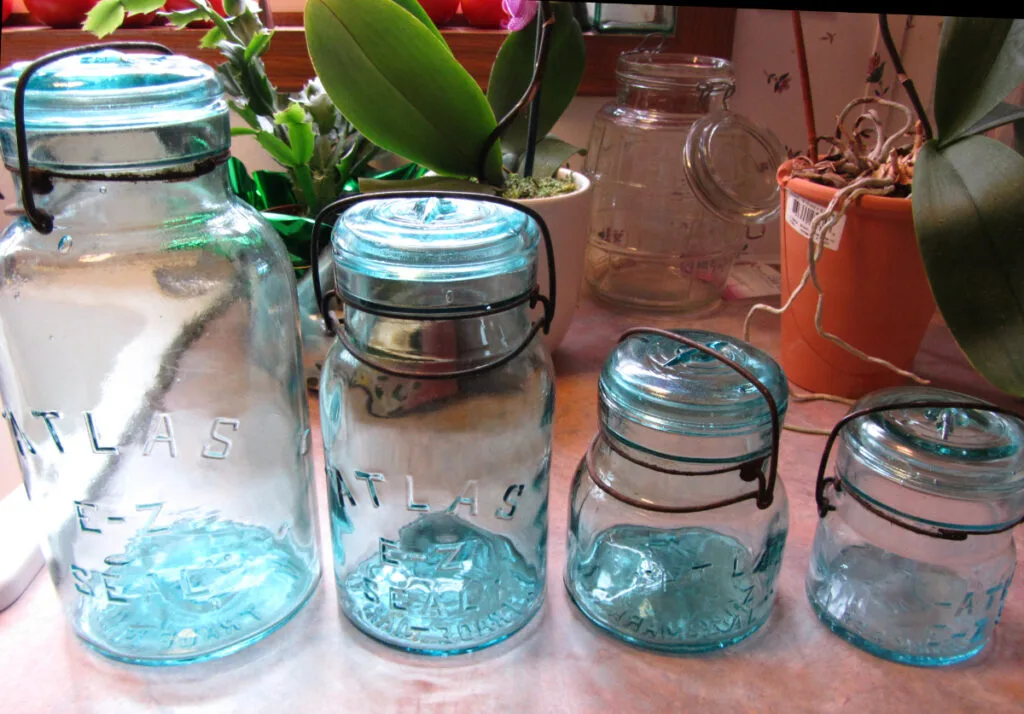
Hazel Atlas mason jars are the popular fruit canning jars produced by The Hazel Atlas Corporation from 1902 to 1964. These food storage jars are based on John Landis Mason’s glass jar model.
The Hazel Atlas Glass Company is a horizontal merger of four companies: Atlas Glass Company (1896), Hazel Glass and Metals Company (1887), Republic Glass Company, and the Wheeling Metal Plant.
In 1957, the Continental Can Company took over the company, and in 1964, all major Hazel Atlas plants were acquired by Brockway Glass Company.
During its service, Hazel Atlas company made many glassware, like milk glass items, depression glass, bottles, etc. But it’s most popular for its home canning jars, which are collectible antiques even after years of retirement!
How to Value Old Atlas Jars?
Most Atlas jars are worth around $5 to $25 in good condition, but some unique jars with a rare color or style can fetch up to $150.
Generally, an Atlas canning jar’s value depends on many factors, such as condition, size, age, color, and style. Based on these factors, you can assess the value of your jar using the following steps:
1. Analyze the Condition
An old Atlas mason jar may have significant value if it’s in good condition, i.e., without any post-production defects, like cracks, scratches, and chips. So, make sure to examine it inside and out.
But remember that original manufacturing errors like mold seams, textured glass surfaces, and bubbles do not impact the Atlas jars’ value! In fact, these flaws portray its authenticity.
Also, assess the condition of lids and seals and whether they are old or new. Original lids, wire bails, and rubber seals in good condition can increase the jar’s worth.
2. Check the Jar Color

The Hazel Atlas Glass company made most of its mason jars in aqua and clear glass, which are common and only worth $5 – $15 per jar.
But the company also experimented with limited jars in unusual colors, like cornflower blue, amber, olive/apple green, and purple, which are highly in demand. Such rare color Atlas jars can fetch as much as $100 in the antique market.
Among these colors, blue Atlas jars are usually quite valuable, worth up to $100 or more, depending on the size. For example, a blue Strong Shoulder Atlas jar sold for $124 on eBay!
Similarly, olive green Atlas jars can fetch up to a hundred dollars, like this green Atlas Mason Patent jar worth $125! So, whether buying or selling, always check the jar color.
3. Measure the Size
Generally, large Atlas Mason Jars of quarter and half-gallon sizes are worth more than small pint and half-pint jars. But these values also vary depending on other features, like colors, condition, and style.
For instance, a pint-size Atlas jar with rare color and style can be worth more than a common clear quarter jar.
4. Identify the Jar Style/Type
Always try to identify the type of your Atlas jar, as the design determines the final value. Since the late 1900s, the Hazel Atlas Glass Company has made various canning jar styles with different shapes and closures.
Some jar designs are old and rare and can be worth up to $100 or more! Below are the nine most desirable Atlas mason jar models to look for:
1. Atlas E-Z Seal Jar:
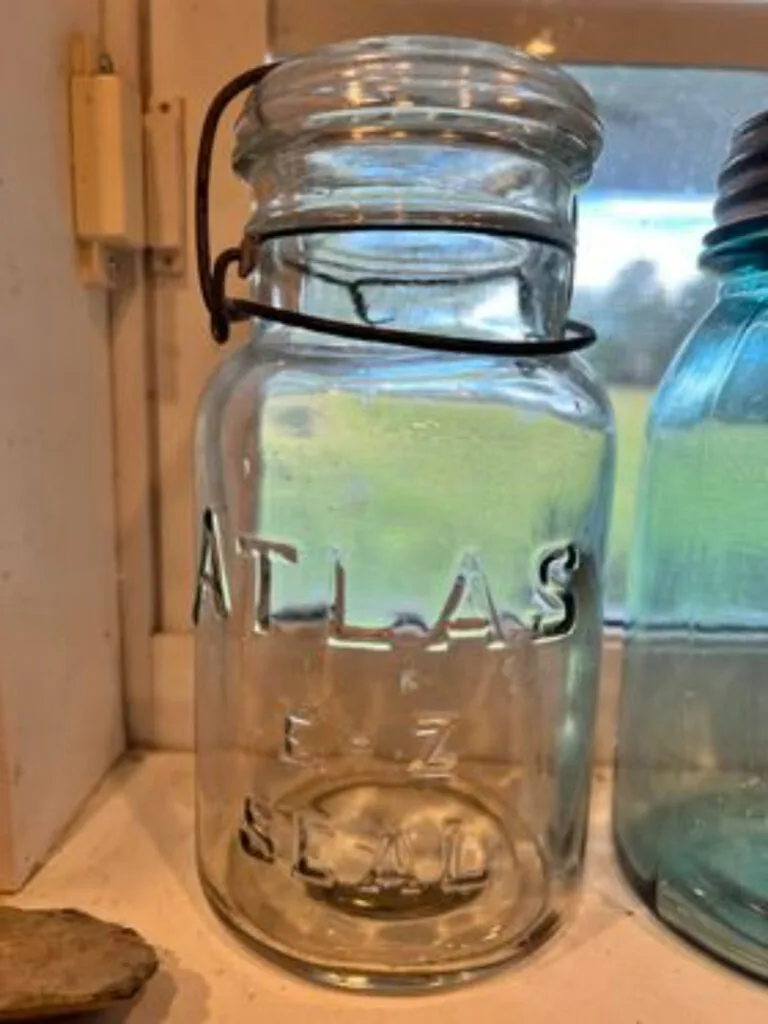
One of the most collectible mason jars, the Atlas E Z Seal jar is round in shape and has an integrated glass lid fastened by a wire bail. These jars commonly come in clear and aqua colors, but some E Z Seal jars from 1910 come in amber and are very valuable.
Estimated Value: Atlas EZ Seal jars are worth between $10 – $35, depending on their size, available in pint, half-pint, quart, and half-gallon. Amber EZ Seal jars from 1910 can sell for up to $50.
2. Atlas Strong Shoulder Mason Jar:
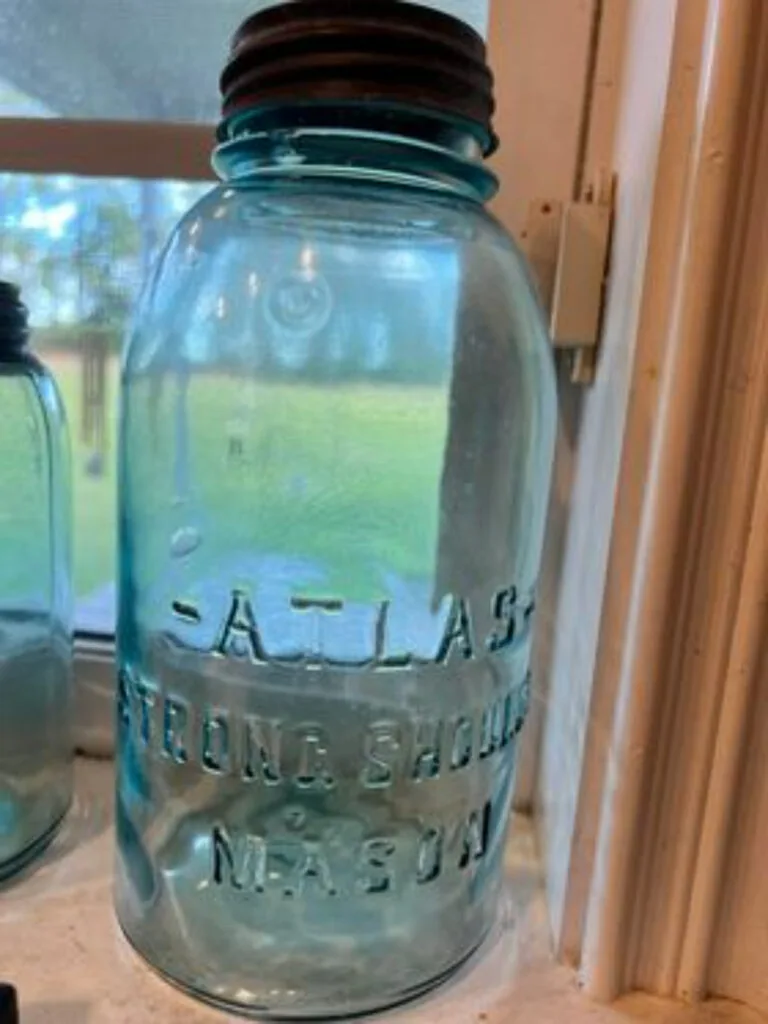
Atlas Strong Shoulder Jars are one of the most valuable mason jars available. These jars are known for their “thick, strong shoulder” and threaded zinc lid with rubber sealing rings. Due to their better durability, these jars are always in demand.
Estimated Value: Clear or aqua Atlas Strong Shoulder fruit jars cost around $10 – $15, while big jars with rare colors are worth around $90 to $100—an olive green Atlas Strong-Shoulder jar sold for $110 on eBay.
3. Atlas Whole Fruit Jar:
Atlas Whole Fruit Jar was made in the 1920s and 1930s and is available in pint, quart, and half-gallon sizes. It has a wire-bail clamp closure and the diagonal “WHOLE FRUIT” mark on the front.
Estimated Value: Atlas Whole Fruit Jars generally sell for $2 to $15.
4. Atlas Square Mason Jar:
You can identify an Atlas Square Mason Jar by its squarish body and a large embossed H-over-A or HA trademark. This jar model comes in half a pint, pint, quart, and half-gallon sizes.
Estimated Value: The price of a clear Atlas Square jar ranges from $5 – $20, based on size and condition.
5. Atlas Mason’s Patent Jar:
There are two types of Mason’s Patent Jars: one with “ATLAS MASON’S PATENT NOV. 30th 1858” embossment and another with “ATLAS MASON’S PATENT.” Both Patent jars have a screw top zinc threaded lid closure.
Estimated Value: Atlas Mason’s Patent jars are generally worth $10 – $35 in clear or aqua colors. But a large and rare colored Patent jar can fetch $70 to $80.
6. Atlas Good-Luck Jar:
Good Luck Jar is a square Lightning jar with a glass lid and wire bails. It has “GOOD LUCK” marked on its body along with a big four-leaf clover motif.
Estimated Value: Depending on size, half pint, quarter, and half-gallon, Atlas Good Luck jars can sell for $5 – $20 at any online sale or auction.
7. Atlas Junior Mason Jar:
This special Atlas jar model is ¾ pint in size and features an airtight sealing with the Atlas SealAll Arc-Lids and metal bands.
Estimated Value: The market value of Junior Mason jars is around $8 – $20, with higher prices for rare sizes or colors.
8. Atlas Special Mason Jar:
Atlas Special jars are known for their wide-mouth closure. These jars may have square or round shapes and are available in pint, quart, and half-gallon sizes. You can spot them with the “Atlas Special Mason” or just “Atlas Special” embossments on the front.
Estimated Value: Clear Atlas Special Mason jars are worth $5 – $15, while aqua or green jars can fetch over $20. A rare pint-size Special squat jar sold for $60 on eBay!
Identifying and Dating An Atlas Jar (4 Key Signs)
Here are the most effective ways of dating Atlas jars.
1. Check the Brand and Logo Embossments
You can track the age of an old Atlas jar by observing its logo and embossments on the front of the body.
Pre-1902 mason jars manufactured by the Hazel Glass Co. have the “Hazel” or “Hazel Preserve Jar” mark. In 1902, the Hazel Atlas company started using the “ATLAS” mark on its jars and bottles.
These marks and embossments have changed over the years and are a handy tool to date them. For example, the HA (A under H) trademark was registered in 1924-25, according to the ‘400 Trademarks on Glass’ book.
Before that, the company added an “N” mark on the bottom of the jar, which means it can be dated to the pre-1920s. You can learn more about some important mark variations in this Atlas Jar Age chart:
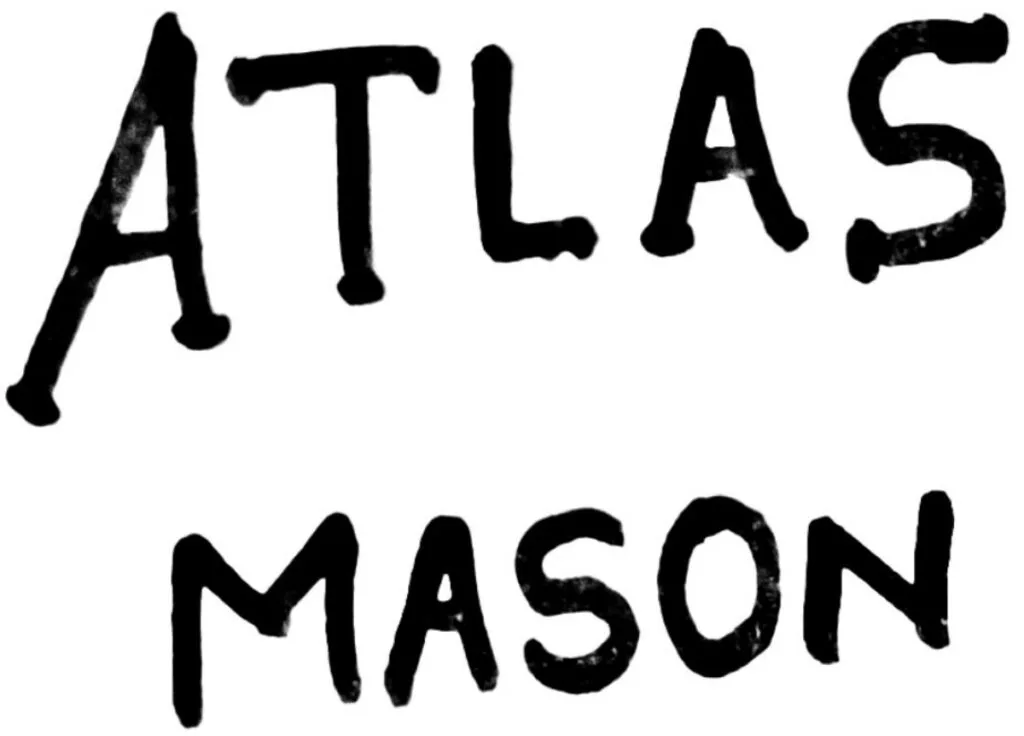
Jar Style:
Dropped-A Atlas Jars
Manufacturing Years:
1913 – 1924
Jar’s Age:
95 – 110 years
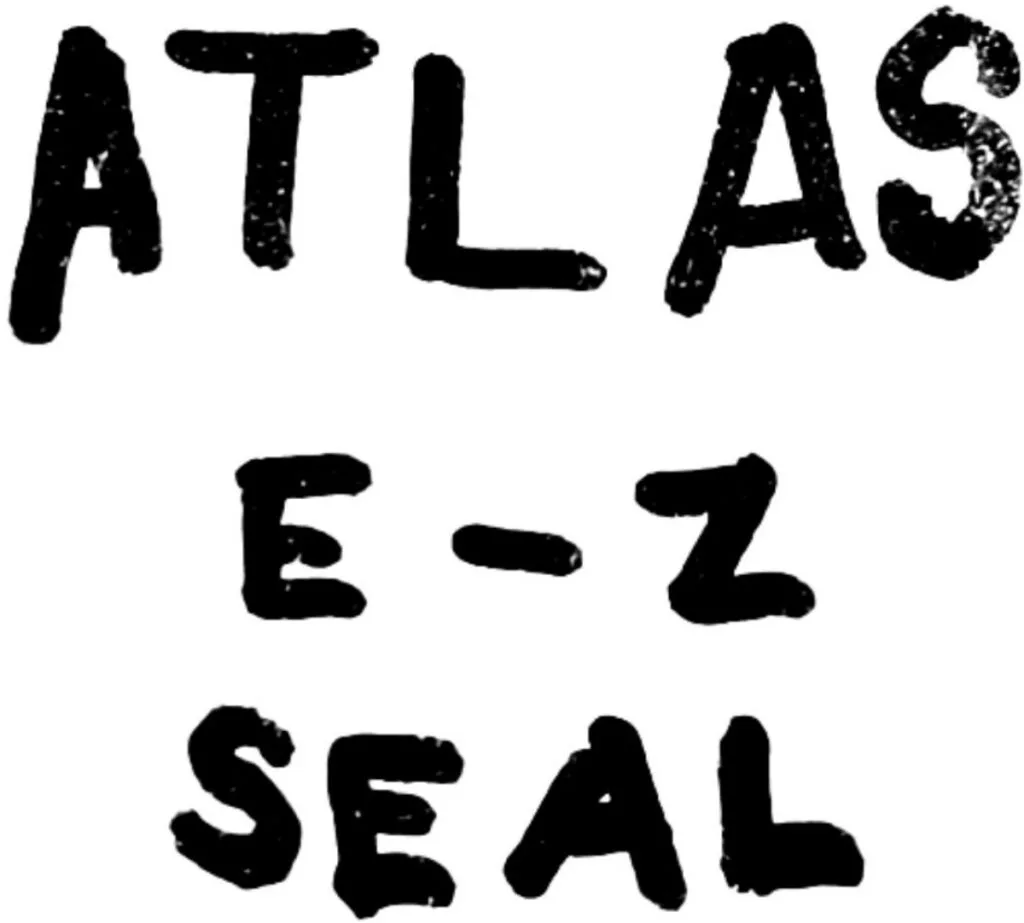
Jar Style:
Atlas EZ Seal Jar
Manufacturing Years:
1900s – 1950s
Jar’s Age:
70 – 120 years
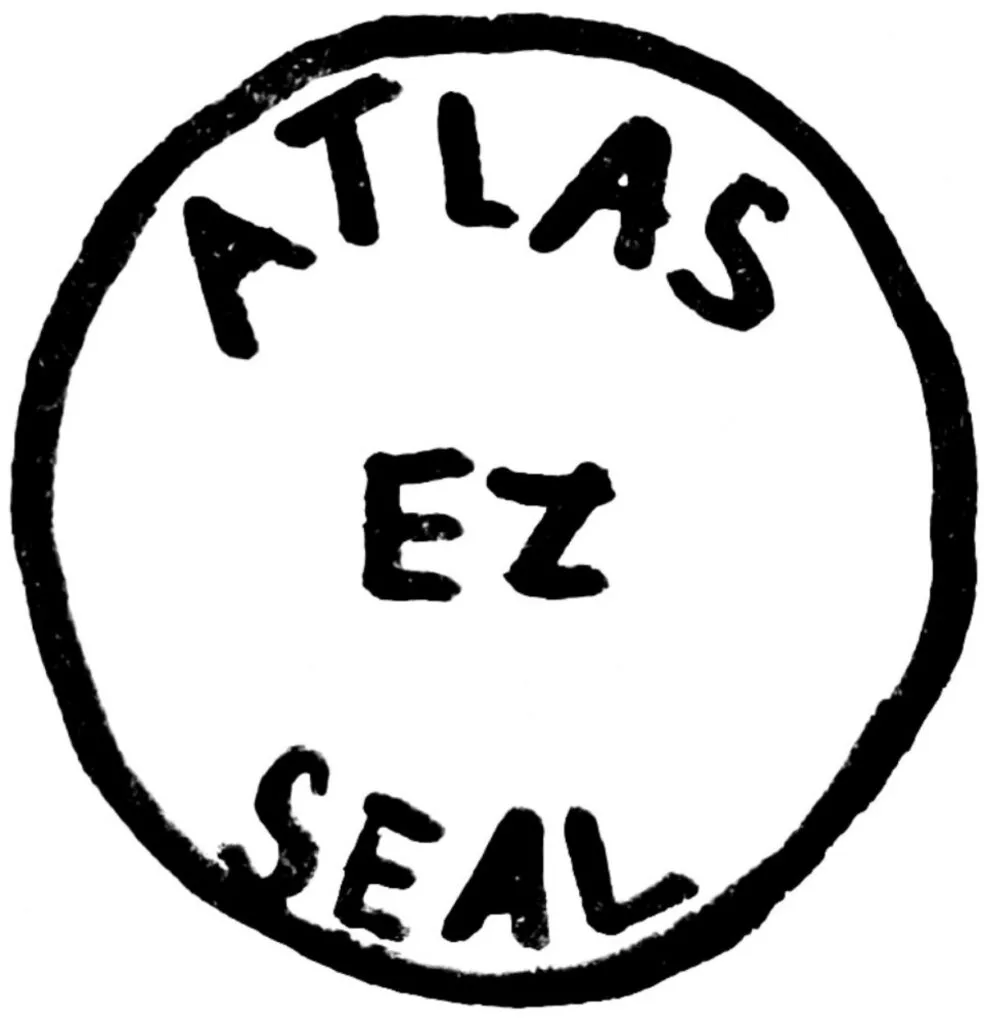
Jar Style:
EZ Seal Jar
Manufacturing Years:
1900s – 1950s
Jar’s Age:
70 – 120 years
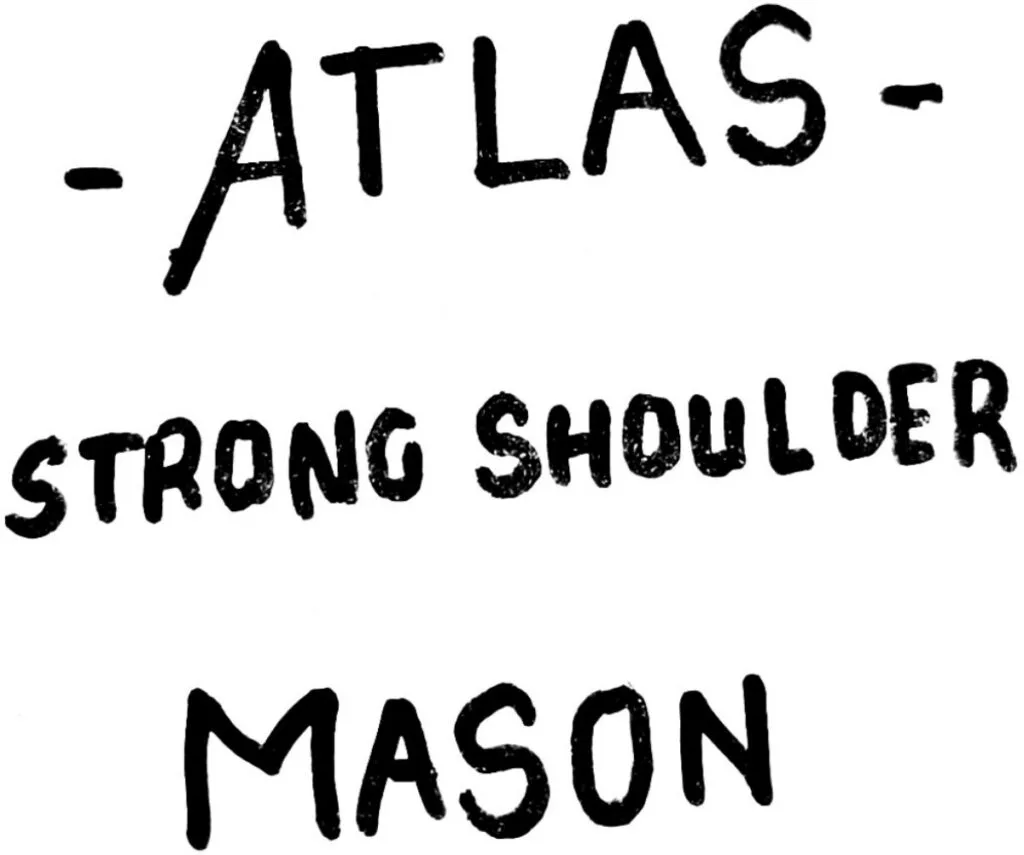
Jar Style:
Atlas Strong Shoulder Jar
Manufacturing Years:
1930s – 1940s
Jar’s Age:
75 – 85 years
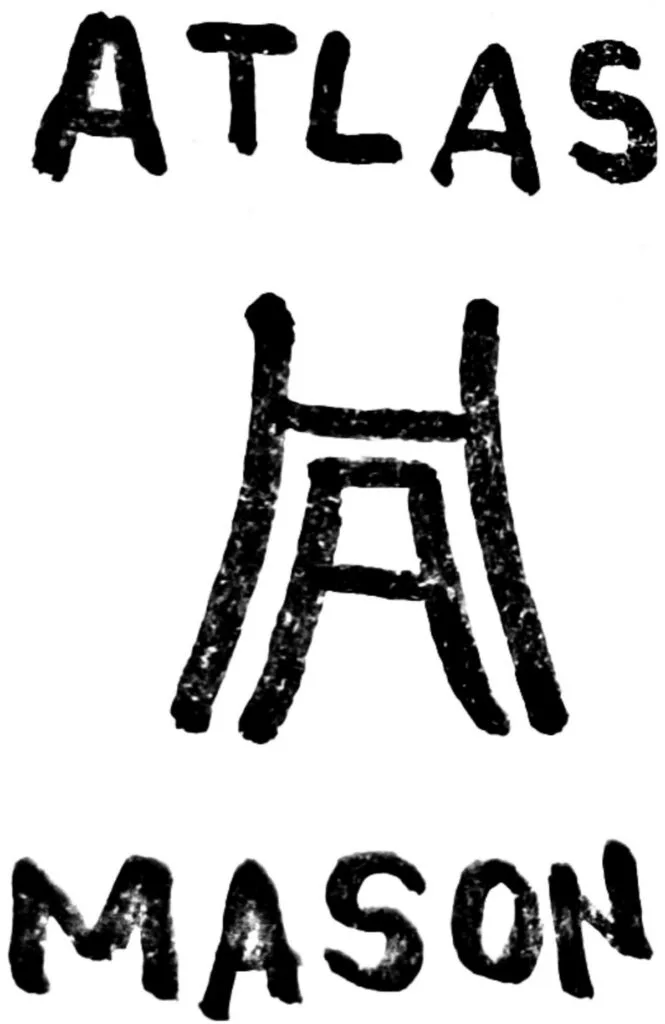
Jar Style:
Square Mason Jar
Manufacturing Years:
1915 – 1964
Jar’s Age:
60 – 105+ years

Jar Style:
Square Mason Jar
Manufacturing Years:
1915 – 1964
Jar’s Age:
60 – 105+ years

Jar Style:
Mason’s Patent Jar
Manufacturing Years:
1900s – 1915
Jar’s Age:
100 – 120+ years

Jar Style:
Atlas Good Luck Jar
Manufacturing Years:
1921 – 1956
Jar’s Age:
65 – 100 years
Post-1956 Atlas jars have a “CCC” logo with two overlapping Cs & one offset, as these were made after Continental Can Company took over Hazel Atlas.
Apart from trademarks, you may also find some numbers in the pattern “(H over A) / 2K4743” or 0-7393 / (H over A) / 14. In this, the four-digit number is the catalog number, while the single digit may indicate the mold number.
In addition, the Hazel Atlas Glass Company also started adding date codes on the base of mason jars after 1937. But there are very few examples of such jars. Most jars from the 1940s or later won’t have date codes (until 1957).
Besides, new jars made with older molds can also have older dates. So, these codes may not help find the jar’s real age.
Atlas Mason Jar Number 13 is assumed to be valuable due to a story attached to the number 13 jars being unlucky. But this story only goes for Ball Jars with the number 13, not Atlas Jars.
2. Look for Mold Seams
A mold seam is a visible ridge on the jar surface that runs vertically from the rim/mouth to the bottom. The seam signifies that the jar was made in a mold via a machine.
But earlier Atlas Jars, mostly from pre-1915, were hand-blown and finished. So you won’t find any kind of mold seams on their edges; they’ll be smooth with even thickness. This means that if an old Atlas canning jar has seams and lines on the sides, it’s made after 1915.
3. Check the Closure/Lid Style
While lid styles can indicate the age of an Atlas Mason jar, they may not be very precise, as lids can be changed as well. So, only an original lid can rightly indicate the jar’s production year.
The earliest 1900s – 1920s Atlas mason jars often have a customary screw-top zinc lid with a porcelain liner. Then, the company made lightning jars with clamp closures, in which glass lids are kept in place using wire bails and rubber gaskets for airtight sealing.
The post-1930s jars may have a two-piece threaded lid featuring a metal band and a flat transparent disk.
4. Glass Texture
Your Atlas jar’s glass texture can tell much about its age. Naturally, the earlier canning jars were hand-blown and had rough, textured surfaces with ripples, dents, bubbles, and rough edges.
On the other hand, the newer mason jars had a smoother texture, with no manufacturing defects, uneven surfaces, or bubbles. You can spot these new, machine-made Atlas jars by their even glass reflection.
5 Most Valuable Atlas Jars Ever Sold!
As I mentioned, some rare and unique Atlas Jars can be worth over a hundred dollars! Here are some examples of valuable Mason jars sold for high value:
- A 5” green-tinted Atlas Mason’s Patent jar in excellent condition fetched over $182 on Etsy.
- A unique Cornflower Blue Atlas Strong Shoulder Jar was sold for over $125 on eBay.
- An amethyst purple Atlas Mason Improved Pat’d jar sold for $105. The jar had an irradiated glass body and a glass and zinc lid with a metal rim.
- An aqua Atlas Mason jar with a metal wire bail top and a wood handle carrier made around $126 on Etsy.
- A rare vintage Atlas E Z lightning jar in amber color sold on eBay for $85.
Where can You Sell Your Atlas Jar?
Etsy, eBay, and RubyLane are the most popular e-commerce sites to sell your Atlas Mason Jars. There are also dedicated Facebook Pages and Groups for antique jars and bottles, where you can put your Atlas jars on sale.
Besides, you can also explore some local antique stores, thrift stores, and flea markets nearby if the dealer is interested in buying your jars!
As we saw, finding the right price for the Atlas Mason Jar requires keen attention to its age, condition, colors, and style. This guide will make analyzing all such factors quite easy!
But when it comes to valuable vintage canning jars, Atlas jars aren’t the only ones in the race. There are Ball Mason Jars and many more valuable canning jars you must know about!
Note: This article is intended for informational, educational, and entertainment purposes only. Some images are illustrative and may not represent actual brands, products, or related entities. All trademarks, product names, brand logos, packaging, and other intellectual property referenced remain the exclusive property of their respective owners. Any brand mentions or references are provided solely for descriptive and educational context and do not imply any formal or commercial association.


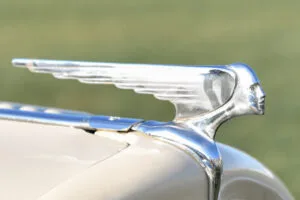
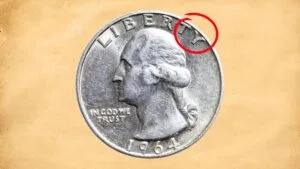




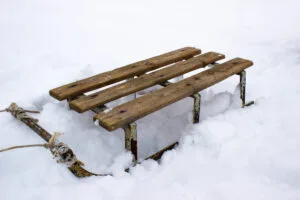
I checked out your guide – super helpful, thanks! So, I think I have this Atlas EZ seal jar, It’s got the glass and wire, all that jazz. But here’s the weird part – ‘seal’ is actually spelled ‘Seae’. Kinda strange, huh? Does this mean it’s a fake one or worthless?
Love what you’re doing, by the way. Any thoughts about this would be great. – Tiffany
Hey Tiffany, thanks for the kind words! So about your jar, no need to worry. That ‘Seae’ thing you’ve noticed is actually a mold engraving error. It definitely doesn’t mean your jar is a fake or worthless. On the contrary, it’s usually a sign that this jar comes from one of the early manufacturing batches.
Hope this clears things up. Keep on reading!
Judith